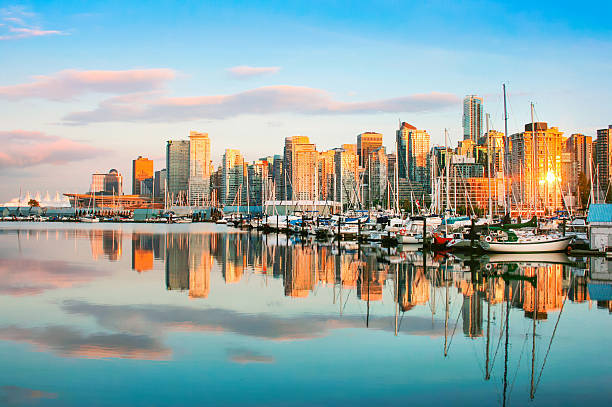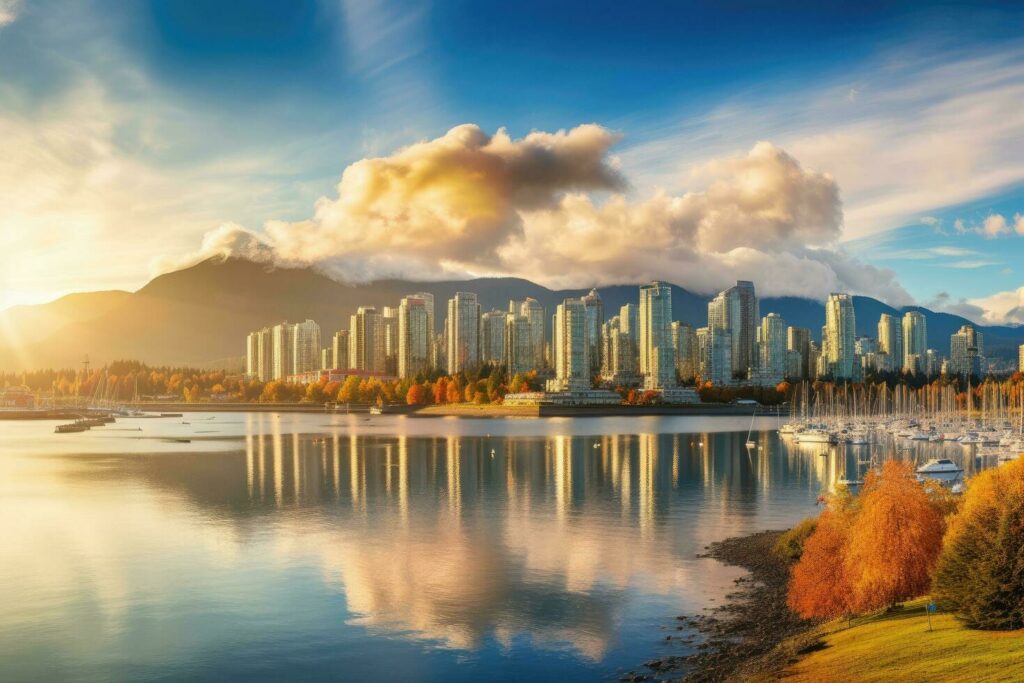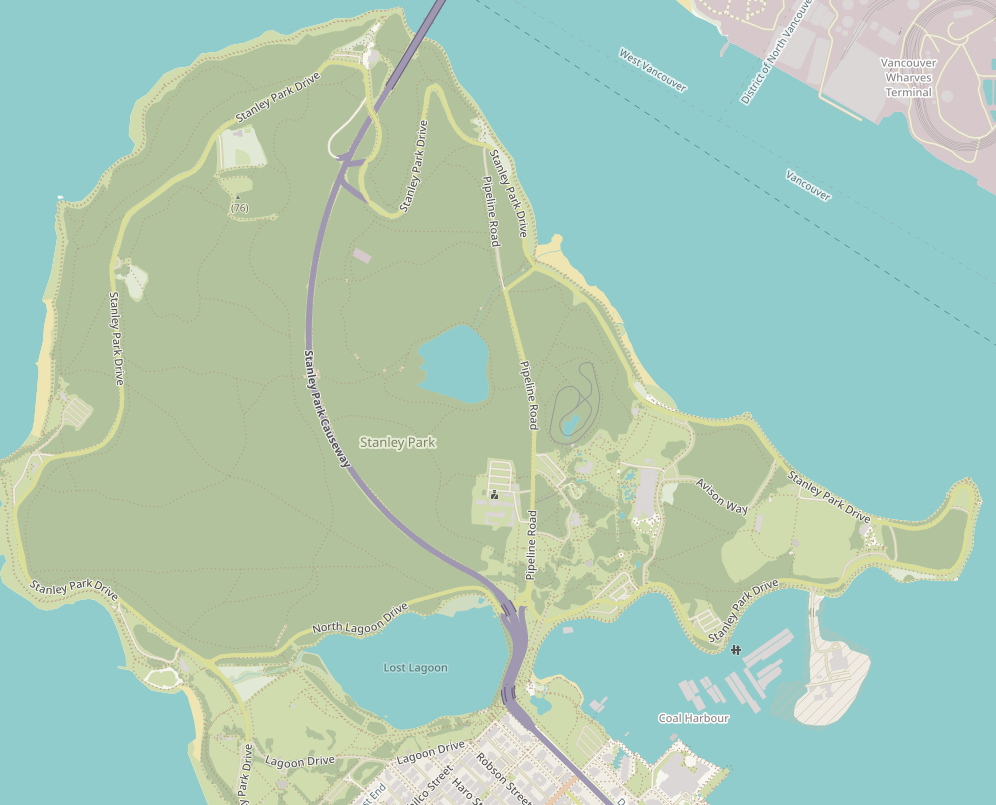Continuing my rather unorthodox theme to this blog, I wanted to discuss the impacts of Generative AI on the tourism industry. As previously mentioned the topic of tourism, especially in British Columbia is one I have a lot of experience and knowledge in, and as such I wanted to bring that background in to this course in as many ways as possible in order to create a more interesting blog. For this week’s topic there is one particular angle I would like to approach when discussing the problems that can arise when using AI. That being how the production of materials can be used to mislead or otherwise misrepresent a given location.
Before we begin, I would also like to address that while I will try to approach this topic as neutrally as possible, I have a rather strong pre-existing bias against generative AI for artistic and practical reasons that I will not get in to at this time, and may colour how I represent or discuss it despite my efforts. Additionally as a disclaimer, for the sake of example there will be one instance of an AI generated photo in this post. This image was acquired using a simple google search and was not generated for by me or for the purposes of this post.


When discussing generative AI, the topic of AI art and image generation tends to be at the forefront. And I wanted to highlight something that has become increasingly common as a result. AI generated images in google searches. While in general I would argue prior to this the average google image search was never the best representation of a given location if one was looking for a place to visit or researching that city they heard about on TV. However recent advancements in AI and the proliferation of online publishing of these images has seen a rapidly growing number of such images presenting especially idealized depictions of popular destinations.
Above I presented two images side by side of the Vancouver Skyline as presented by googling that exact phrase and asked readers to guess which was generated by AI. To anyone familiar enough with common quirks of AI images, or the skyline of Vancouver, British Columbia the correct answer may have been obvious. The second image which appeared in an ordinary google search was in fact generated and posted by user Iftikhar Alam on Vecteezy. Conversely the first image which appeared in the same google search is instead a real photo of Vancouver’s waterfront and skyline taken by user bluejayphoto on iStockPhoto. But to one unversed in techniques to spot AI generated images, and/or someone unfamiliar with the location (such as a potential visitor researching the city) it is extremely easy to be misled.

One such complication is the tendency for AI generated images to incorporate elements from multiple depictions of a location with little regard for the material reality. There are 3 key “landmarks” in the AI generated photo which commonly appear in photos of Vancouver but which cannot all appear in a single photo due to simple geography. These are the skyline of Downtown Vancouver itself, the sailboats moored off Stanley Park, and the North Shore Mountains. And you’ll notice in the real image, only the former two are visible. To put it simply, in order to get a photo with both the moored sailboats, and the Vancouver skyline in frame, a photographer must be facing at least partly south and thus having no way to get the mountains to the north in frame. And yet in the AI depiction, all three of these are clearly visible when this is simply an impossible perspective.
While ultimately the misplacement of landmarks in what is effectively a composite of thousands of existing photos of a location does not reflect poorly on a location, the potential to mislead prospective visitors is present. Not only that, but the prevalence of these images in simple searches that are likely to be seen by those looking up a location for the first time creates difficulty in creating accurate expectations for potential visitors. While to some it may be easy to spot these images at a glance, to those of us that work in the tourism industry, we cannot expect all our customers and clients to have the same skills and tools we have to spot these misleading or inaccurate depictions. The prevalence of AI generated material in search engine results creates an unnecessary burden on the user to discern fact from reality.
Works Cited:
iStock Vancouver Skyline at Sunset by bluejayphoto: https://www.istockphoto.com/photo/vancouver-skyline-at-sunset-gm178388915-20368906
Vecteezy Vancouver Skyline AI by iftikharalam: https://www.vecteezy.com/photo/35758746-ai-generated-beautiful-cityscape-of-vancouver-at-sunset-british-columbia-canada-beautiful-view-of-downtown-vancouver-skyline-british-columbia-canada-ai-generated
OpenStreetMap: https://www.openstreetmap.org